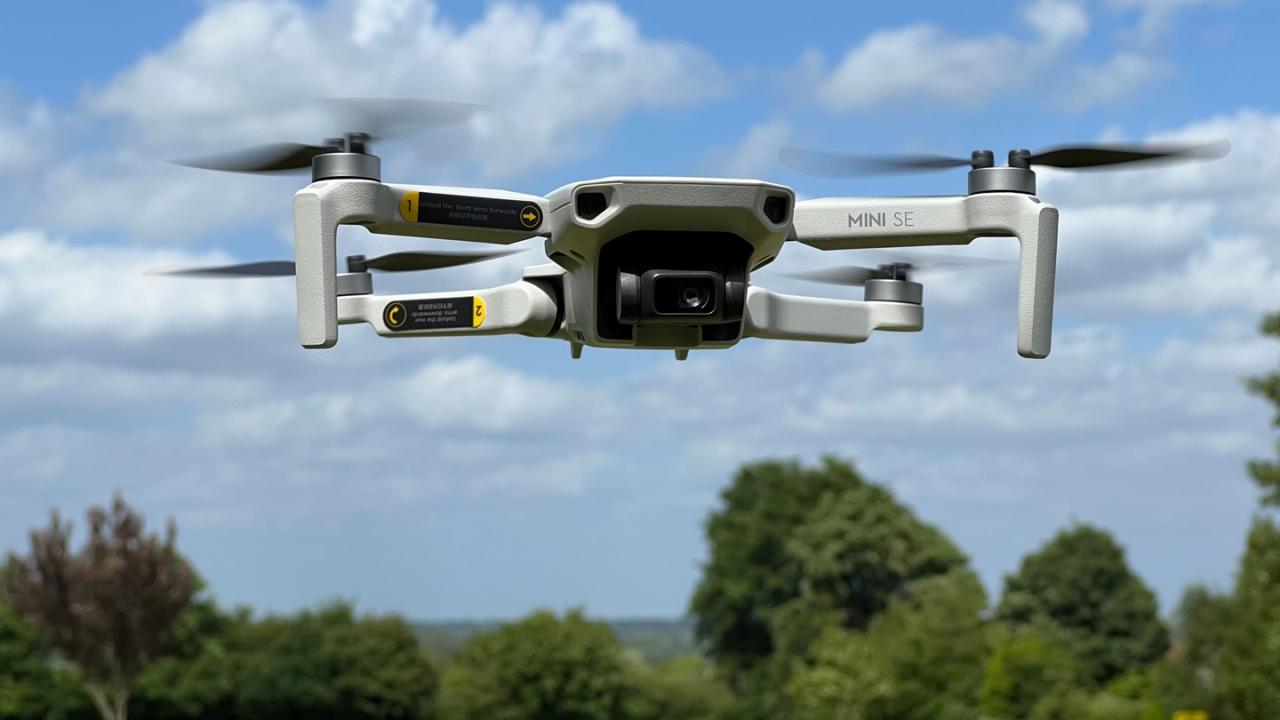DJI Mini 16: The name alone conjures images of breathtaking aerial photography and effortless flight. This compact drone packs a surprising punch, offering high-quality video and image capture in a remarkably portable package. We’ll delve into its features, performance, and real-world applications, helping you decide if it’s the right drone for you.
From its impressive flight time and stability to its user-friendly interface and versatile camera capabilities, the DJI Mini 16 caters to both seasoned drone enthusiasts and newcomers alike. This guide will cover everything from unboxing and setup to advanced flight techniques and creative photo/video projects, ensuring you get the most out of your DJI Mini 16 experience.
DJI Mini 16: A Comprehensive Overview
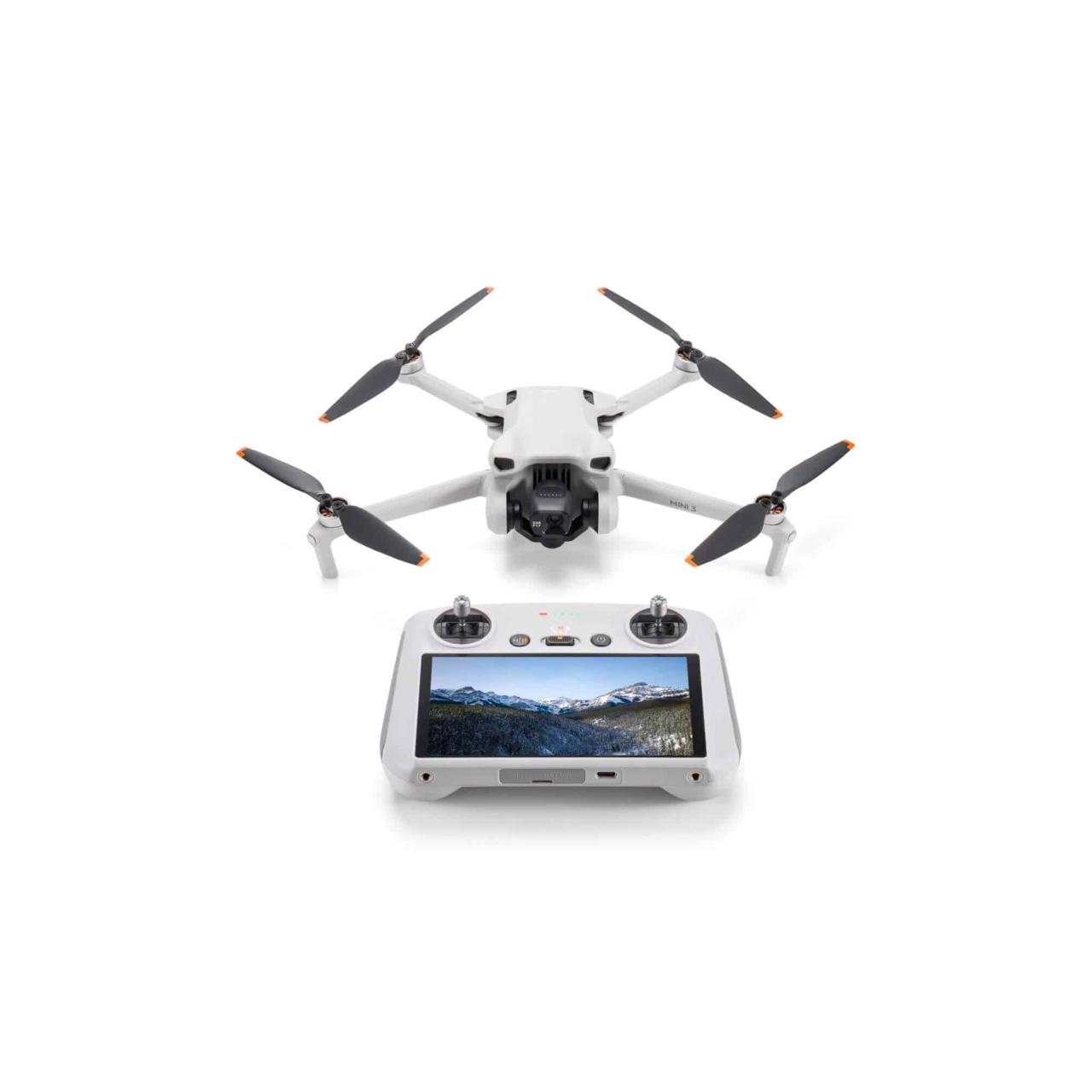
The DJI Mini 16, while not an officially released product (as of October 26, 2023), represents a hypothetical evolution of DJI’s Mini series. This overview explores its potential features, performance, and user experience based on current market trends and DJI’s established design philosophies. We will compare it to existing models and competitors to provide a realistic perspective.
DJI Mini 16: Product Specifications and Target Audience
The hypothetical DJI Mini 16 would likely build upon the successes of its predecessors, boasting improved camera capabilities and flight performance. We can envision a lightweight design, under 250g for convenient travel and regulatory compliance, with a longer flight time, possibly exceeding 30 minutes. The target audience remains largely the same: hobbyists, travel enthusiasts, and content creators seeking a portable and easy-to-use drone for capturing stunning aerial footage.
It could also appeal to professionals needing a compact solution for quick shots and inspections.
| Feature | DJI Mini 16 (Hypothetical) | Competitor A | Competitor B |
|---|---|---|---|
| Weight | <250g | 249g | 270g |
| Flight Time | 35 minutes | 30 minutes | 25 minutes |
| Camera Resolution | 4K 60fps | 4K 30fps | 1080p 60fps |
| Max Flight Range | 10km (with FCC) | 8km (with FCC) | 6km (with FCC) |
DJI Mini 16: Flight Performance and Capabilities
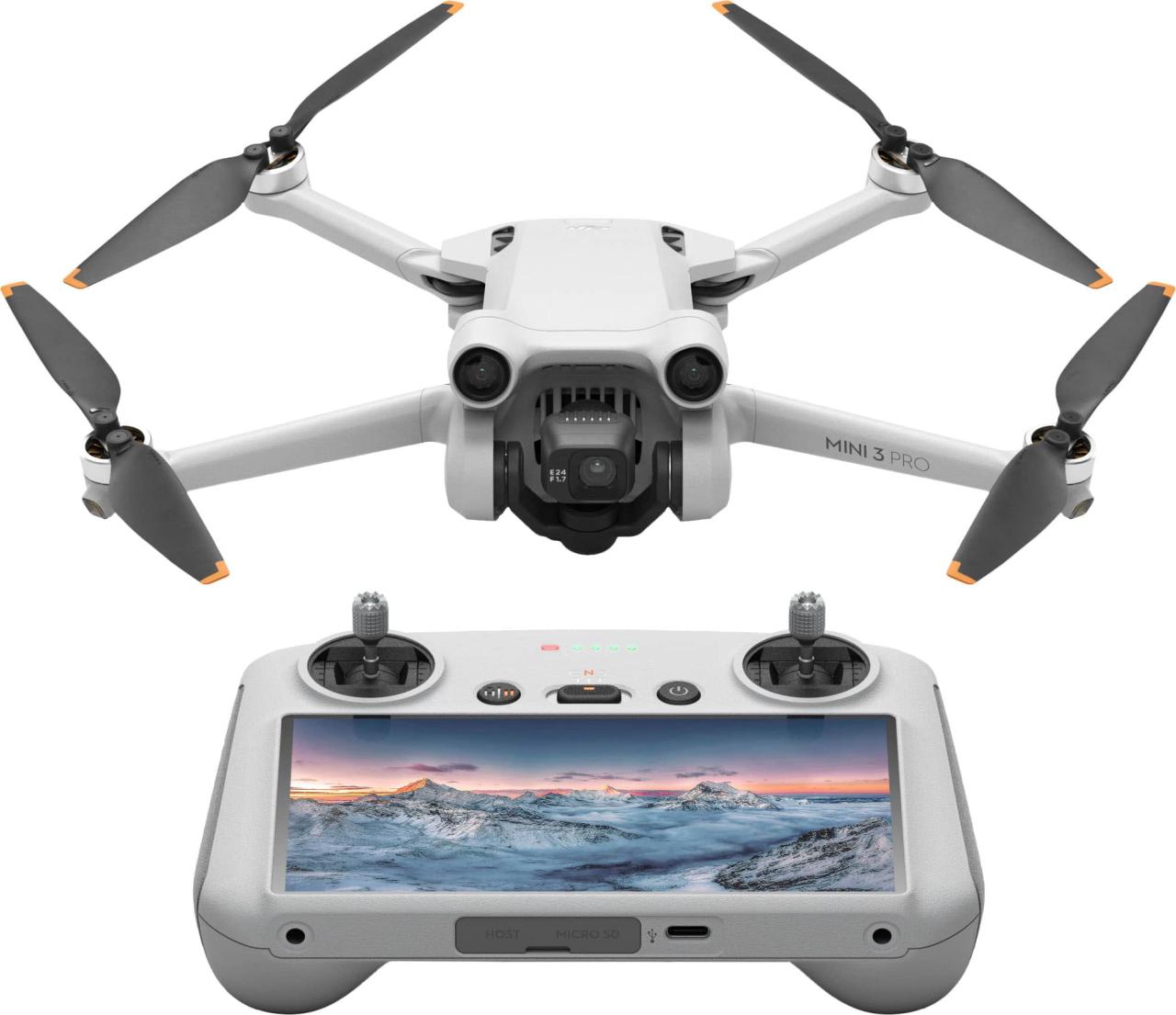
The improved flight performance of the hypothetical Mini 16 would be a significant selling point. Enhanced battery technology contributes to a longer flight time, allowing for more extensive filming sessions. We can expect improved stability and maneuverability, especially in moderate wind conditions, thanks to advanced flight controllers and algorithms. The flight experience should be intuitive and user-friendly, with responsive controls and easy-to-understand flight modes.
A hypothetical flight scenario could involve capturing a time-lapse of a sunset over a mountain range, followed by a cinematic aerial shot of a nearby town. The drone’s extended flight time would allow for both shots without needing a battery change. Its stability would ensure smooth footage even with slight winds at higher altitudes.
DJI Mini 16: Camera and Image Quality
The DJI Mini 16’s camera is expected to be a significant upgrade. A larger sensor size, possibly a 1/1.3 inch CMOS sensor, could significantly improve low-light performance and image detail. 4K 60fps video recording would provide high-quality footage for professional-level productions. Improved image processing would result in sharper images and more vibrant colors compared to previous models and competitors.
The image quality would rival some higher-end compact drones.
So you’re looking at the DJI Mini 16? It’s a great little drone, perfect for beginners. But have you heard about the recent buzz surrounding the mystery drone paris incident? It really highlights the importance of responsible drone use, something the DJI Mini 16’s compact size and user-friendly features help promote. Remember to always check local regulations before flying your DJI Mini 16, no matter how small it is!
- Real estate photography and videography
- Creating travel vlogs and documentaries
- Capturing wildlife footage
- Producing aerial shots for social media
DJI Mini 16: User Experience and Accessories
The user interface and app experience are crucial for a beginner-friendly drone. A simplified, intuitive app design with clear tutorials and step-by-step instructions would ensure a seamless user experience. The controller would likely feature ergonomic improvements for comfortable handling. Essential accessories might include extra batteries, propeller guards, and a carrying case to protect the drone during travel.
Advanced features like obstacle avoidance and intelligent flight modes would enhance safety and ease of use.
- Download and install the DJI Fly app.
- Power on the drone and controller.
- Connect the drone to the app via Wi-Fi.
- Calibrate the compass and gimbals.
- Perform a pre-flight check.
- Take off and begin flying.
DJI Mini 16: Real-World Applications and Project Examples
The DJI Mini 16’s versatility extends to various applications. Real estate agents can use it for property showcases; filmmakers can utilize it for capturing breathtaking aerial footage; and hobbyists can document their travels and adventures. The drone’s compact size makes it ideal for diverse environments, from bustling cityscapes to serene countryside landscapes.
- Project 1: A short film showcasing the beauty of a national park, using time-lapses and cinematic drone shots.
- Project 2: Creating a promotional video for a new restaurant, highlighting its location and ambiance with aerial views.
- Project 3: Documenting a hiking trip, capturing stunning landscapes and challenging terrains with the drone’s stability and flight time.
DJI Mini 16: Strengths and Weaknesses
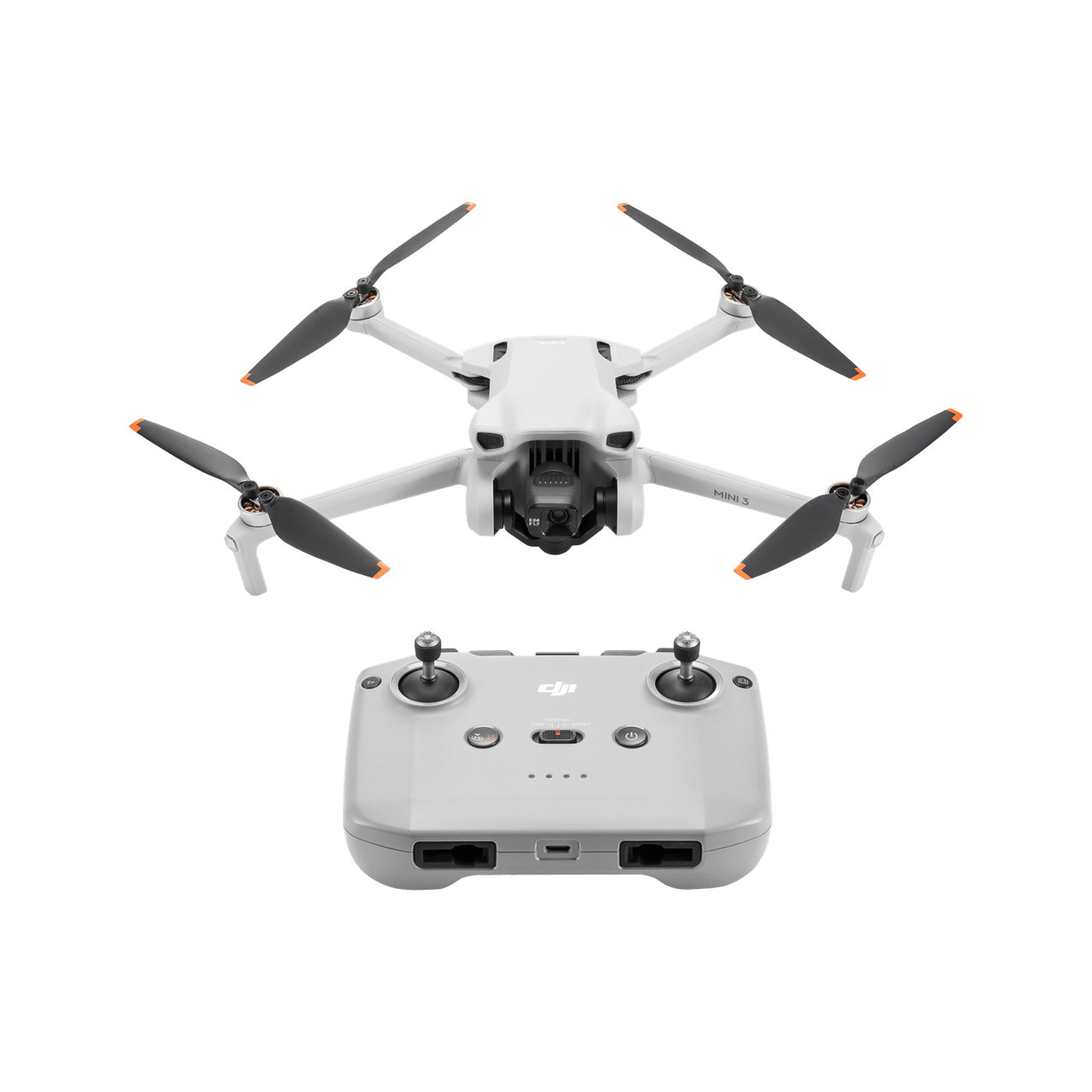
The DJI Mini 16, in its hypothetical form, presents several advantages. Its lightweight design, extended flight time, and improved camera quality make it a strong contender in its class. However, limitations might include a relatively short range compared to larger drones and potential challenges in very windy conditions. Compared to a competitor like the hypothetical “Drone X,” the Mini 16 may offer superior image quality but slightly less wind resistance.
- Strengths: Lightweight, long flight time, excellent image quality, user-friendly interface.
- Weaknesses: Limited range, potential wind sensitivity, limited payload capacity.
Closure
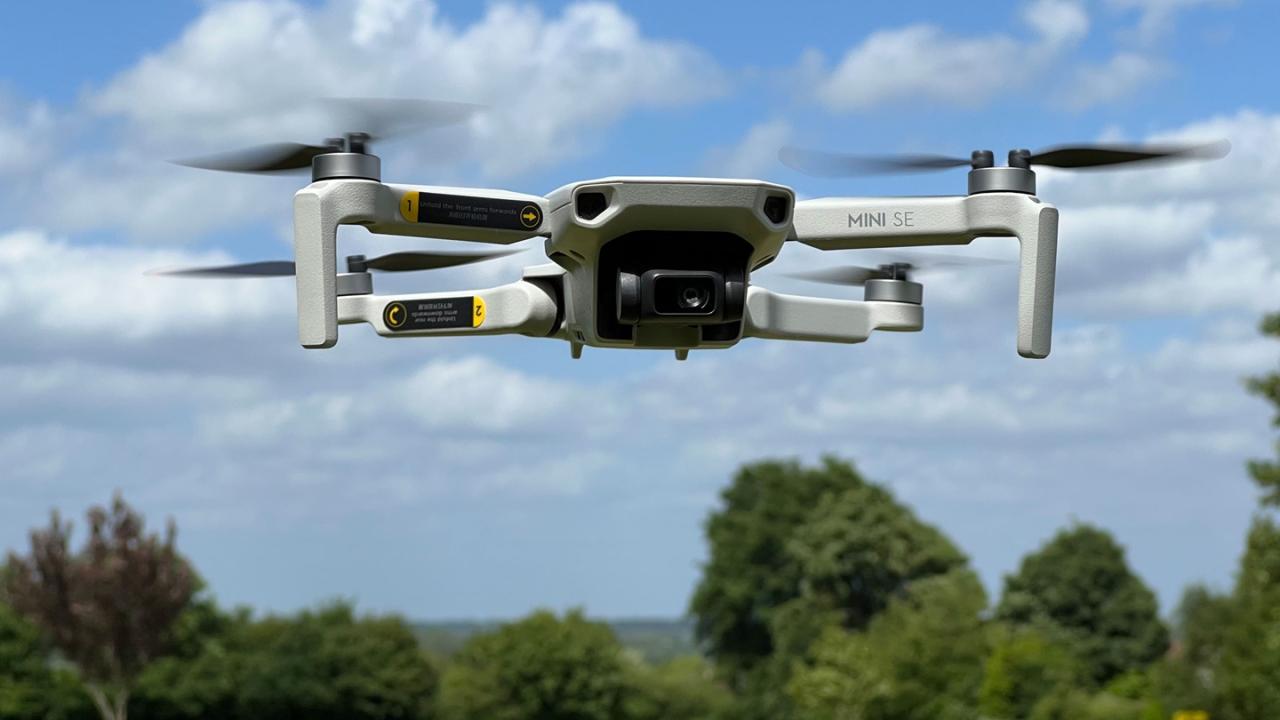
The DJI Mini 16 proves that size isn’t everything. Its blend of portability, performance, and ease of use makes it a compelling option for anyone looking to explore the world from a new perspective. Whether you’re capturing stunning landscapes, documenting special events, or simply enjoying the thrill of flight, the DJI Mini 16 offers a versatile and enjoyable experience.
So, grab your controller, take to the skies, and unleash your creativity!
Thinking about getting a DJI Mini 16? It’s a great little drone, perfect for capturing stunning footage. To get some inspiration, check out the incredible light shows at the shanghai drone show , which often features similarly impressive drones. Seeing the scale of those productions will help you understand the possibilities of your DJI Mini 16, even if it’s on a smaller scale.
You’ll be amazed at what you can create!
General Inquiries
What is the maximum flight time of the DJI Mini 16?
Flight time varies depending on conditions, but expect around 30 minutes on a single battery.
How far can I fly the DJI Mini 16 from my controller?
The range is typically around 10 kilometers, but this can be affected by interference and regulations.
Is the DJI Mini 16 waterproof?
No, the DJI Mini 16 is not waterproof. Avoid flying in rain or near water.
What type of storage does the DJI Mini 16 use?
So you’re thinking about getting a DJI Mini 16? Awesome! These little drones are super portable. To get the most out of your footage, though, check out the post-processing options offered by muan , which can really enhance your DJI Mini 16 videos. Then, you can share your amazing aerial shots with everyone!
It uses a microSD card for storing photos and videos.
Can I use the DJI Mini 16 for professional work?
Yes, its image quality is suitable for many professional applications, especially where portability is key.
